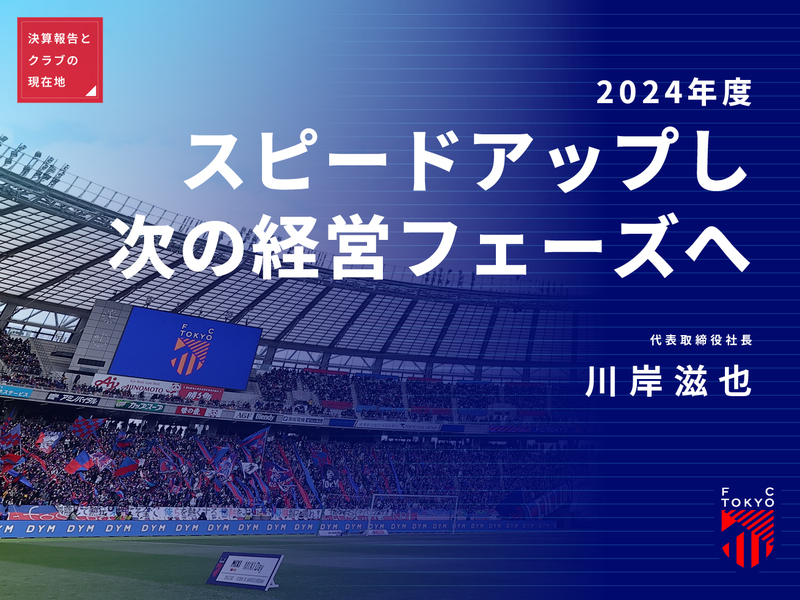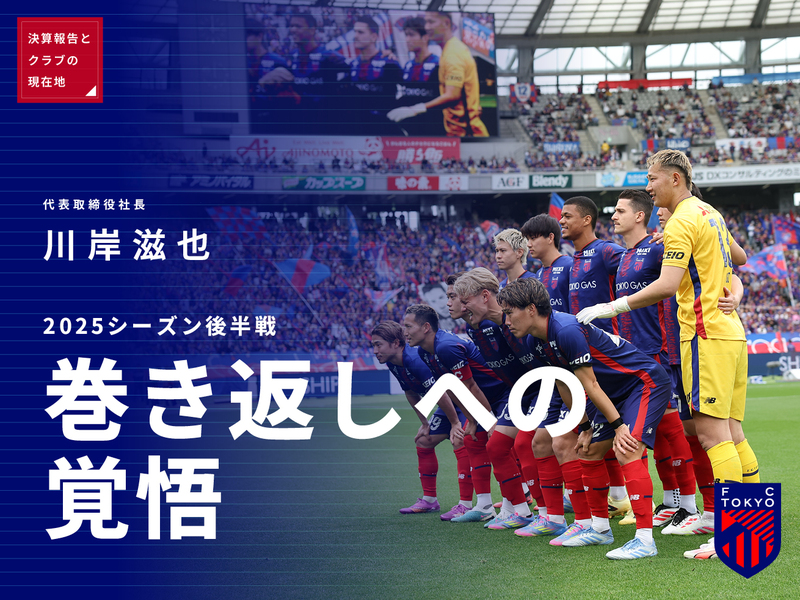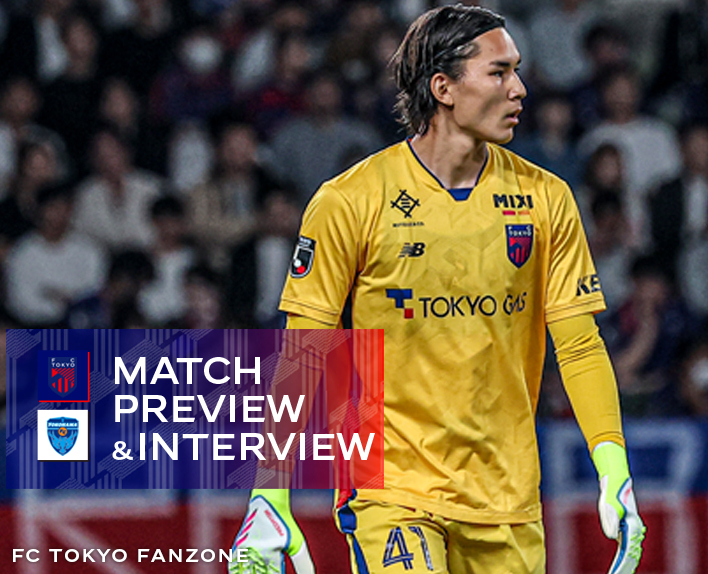Speed up
to the next management phase
FC Tokyo's 2024 fiscal year financial report announced on April 24. Operating revenue exceeded the previous year, reaching a club record high of 6.989 billion yen, a 17.9% increase year-on-year. Net profit also turned positive, amounting to 72 million yen.
While steadily improving numbers on the management side, the team has not been able to achieve the desired results in the first half of the 2025 season. This has been a result that reflects the difficulty of the sport of soccer.
In the latter part of this management report, we had an in-depth interview with President Shigeya Kawagishi.
Coverage & Composition = Kei Sato (Freelance Writer)
Interview Date: June 14, 2025 (Saturday) Before the match against Cerezo Osaka
──The financial results for the 2024 season have been announced, recording a record high sales of 6.98 billion yen.
We recorded sales of approximately 7 billion yen and were able to turn a profit with an operating income of about 100 million yen. This is the result of the support from many fans, supporters, and partners, and first of all, I would like to express my gratitude. Also, this is the result of the hard work of all our staff, so I want to say "thank you" for that, and I am very pleased with everyone's work.
──Please also tell us your analysis of each segment.
Since I took over management, there have been three seasons. From the first year to the second and third years, it wasn't a sudden leap but a steady progression. First, let me explain about ticket revenue (admission fee income).
The 2019 season, in which we competed for the championship, was about 1.1 billion yen, and we were able to surpass that figure in the 2023 fiscal year. Furthermore, in the 2024 fiscal year, we added an additional 240 million yen on top of that. The result of 1.45 billion yen is the highest ever. Initially, there was some doubt about whether this would be achievable, but I have the impression that we "worked hard."
Thanks to everyone's support, approximately 630,000 people visited the stadium during the 2024 season. There are various opinions, but we held four home games at Japan National Stadium, with a total attendance of about 210,000 people. Some attendees were invited guests, but we believe that through such "seeding," many people ended up purchasing tickets. The fact that we were able to properly control the invitation ratio also contributed to this positive outcome.
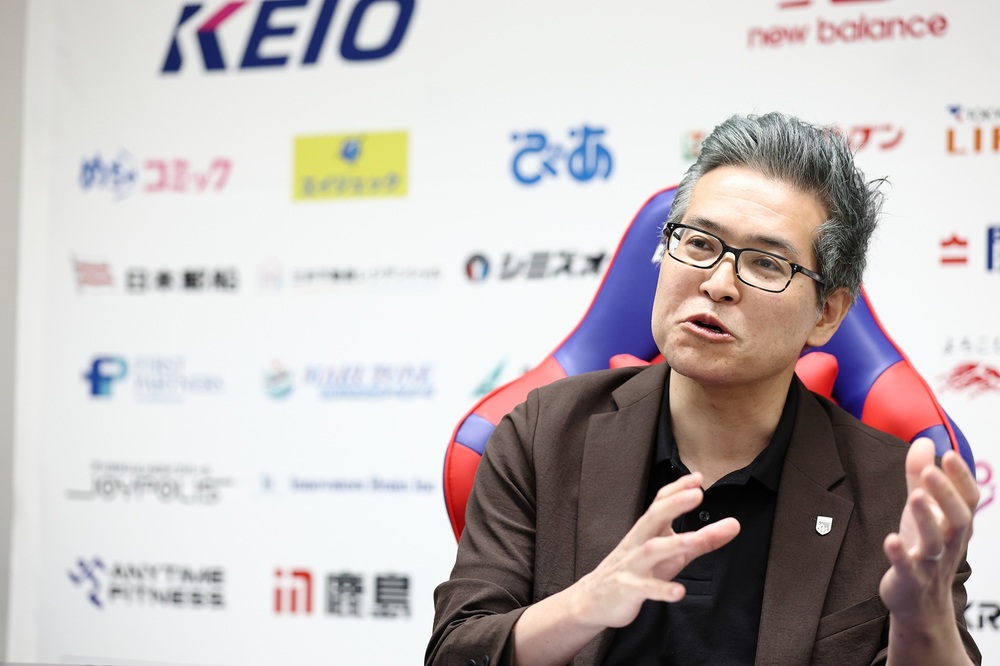
──The 2024 season also saw the introduction of U-12 tickets. How effective was this measure?
In customer attraction analysis, we have found an increase in family groups. As a club, we have focused on developing the family demographic, and we see that this has yielded certain results. Additionally, the club has also put effort into attracting inbound customers. We have set a goal to become number one in inbound customer attraction. To that end, we provide information in multiple languages, including English, Portuguese, Traditional and Simplified Chinese. This year, we added German and Korean as well. In collaboration with the J.League, we distribute flyers to foreigners around Senso-ji Temple, place English flyers in hotels around Tokyo and in the British-style pub 'HUB', and while steadily pursuing these approaches, we combine creating touchpoints both online and offline.
This is something I heard within the scope of exchanging opinions with the J.League, but at this point, FC Tokyo is probably number one in inbound customer attraction. The numbers themselves continue to rise, but we still want to increase them further. We believe it will become an even more important source of revenue in the future, and we want FC Tokyo to use this as a foothold to become a global presence.
──How about the merchandise revenue, which grew significantly in the 2023 season? It increased by 150 million yen compared to the previous year, reaching 760 million yen, the highest sales ever.
As mentioned at the end of last year, changing the emblem had an effect. I believe many people purchased items with the new emblem. However, the biggest impact was on the uniforms. Year by year, the number of fans and supporters buying them has increased, and just as I mentioned in an interview exactly one year ago, we were able to put into practice the idea of "being confident about holding inventory."
It is truly unfortunate when items are out of stock at the stadium's concession stands. Last year, some sizes like large and long sleeves were out of stock at times, but we were able to sell almost throughout the entire year. We did have some inventory left over, but the numbers were solid. After all, having uniforms displayed at the stadium's concession stands is spectacular and visually appealing, and it surely excites first-time visitors as well. In fact, many visitors from inbound tourism and foreigners have been buying uniforms. It seems that, as part of overseas soccer culture, purchasing a uniform as a souvenir of attending a match is common, and we witnessed such scenes multiple times. The demand from these customers is often for larger sizes, which sometimes led to a slight shortage of large size inventory. Having obtained new data, we are paying attention to these points this season.
──You were able to actually feel the customer attraction effect of inbound from the demand for large sizes, right?
If we run out of stock in the middle of the season, we won't be able to measure our potential or understand how much of what can be sold. However, by holding inventory and selling throughout the season, we were able to gain various insights. I believe this is an extremely significant achievement.
──Advertising revenue is also increasing. 2.98 billion yen is the highest figure ever. What kind of efforts have borne fruit to achieve this?
Advertising revenue has grown to about 3 billion yen. I believe this is an area that has steadily grown while establishing a sales system. Behind the scenes, we have also been diligently working on hospitality for our partners. When compared side by side with other clubs, I feel there are still many areas lacking, but we are striving to enhance each aspect and improve satisfaction.
As the first announcement of the 2025 season, we are pleased to announce that Keio Electric Railway has become our uniform partner, and we have signed a long-term contract with New Balance as our supplier. This is the result of efforts made during the 2024 season that have led into this season. Additionally, we have newly signed an official partnership agreement with Japan Airlines. We believe this will enable various initiatives moving forward.
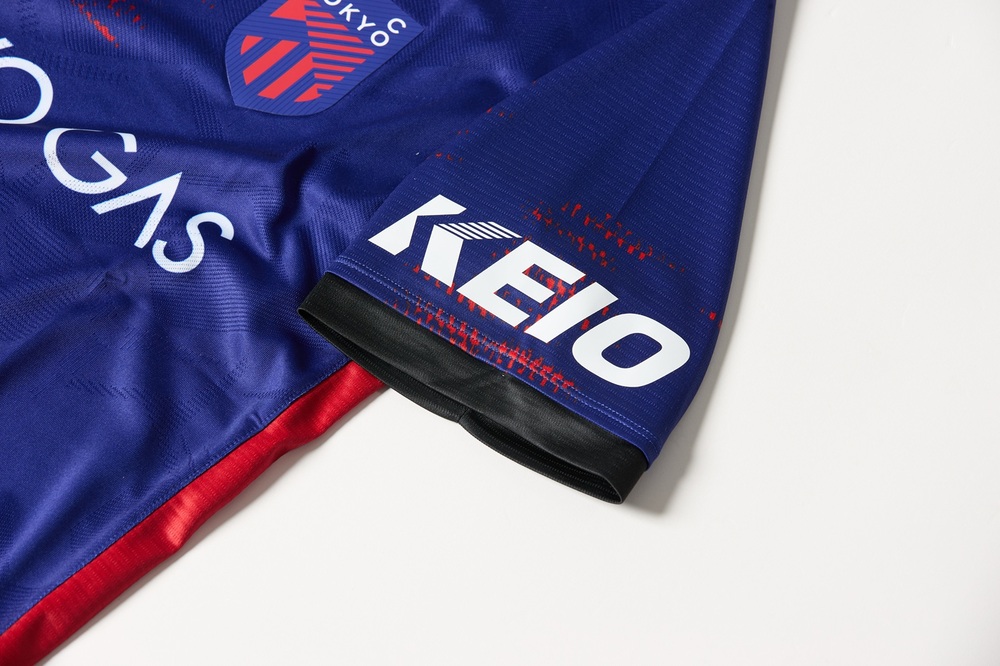
──I believe that 2024 was also a year in which we deepened our relationship with the community even further.
That's right. Although it may not be easily visible in numbers, our activities in the hometown have been progressing quite actively. We have a comprehensive partnership agreement with the Tokyo Metropolitan Government called the 'Wide Collaboration Agreement,' through which we are engaged in various initiatives beyond the sports field. You can see this when you come to the stadium; at every match, we carry out some form of collaboration with Tokyo. Additionally, it is important to maintain the area connected along the Keio Line, so we have been able to deepen our relationships with Shinjuku Ward, Shibuya Ward, and Setagaya Ward more than ever before.
To let local children experience the joy of physical activity, we distribute the "Aoaaka Drill" as a supplementary teaching material for elementary school physical education. Starting this year, Shinjuku Ward has also been included, and thanks to the support from six cities (Koganei City, Kodaira City, Chofu City, Nishitokyo City, Fuchu City, Mitaka City), Suginami Ward, and also Shibuya Ward, we were able to distribute it to about 19,000 first-grade elementary school children. While it is something necessary in the educational field, we are actively promoting it as an initiative for children to engage with FC Tokyo. I believe it was very good that Shinjuku Ward was added.
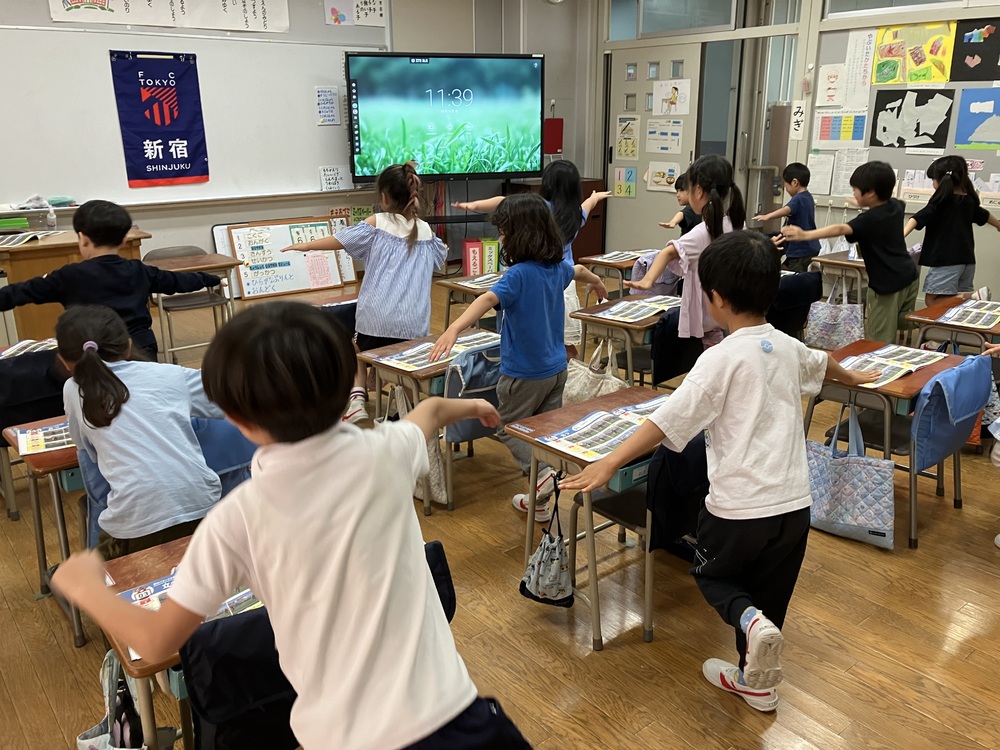
──Schools are also considered an important aspect.
You are absolutely right, and this has been one of the key points I have emphasized. Regarding our school students, we consider not only the parents but also the grandparents as part of the Aoaka family, the FC Tokyo family. For each school student, we establish relationships with multiple people, including their parents and family members, which is truly a form of club outreach. We intend to continue expanding our school programs. Following Minamiosawa in 2023 and Nishitokyo in 2024, we were able to newly open schools in Karasuyama and Kunitachi in 2025. Although we are feeling the effects of the declining birthrate, we will keep searching for new locations to open schools and aim to steadily increase the number of boys and girls playing soccer.
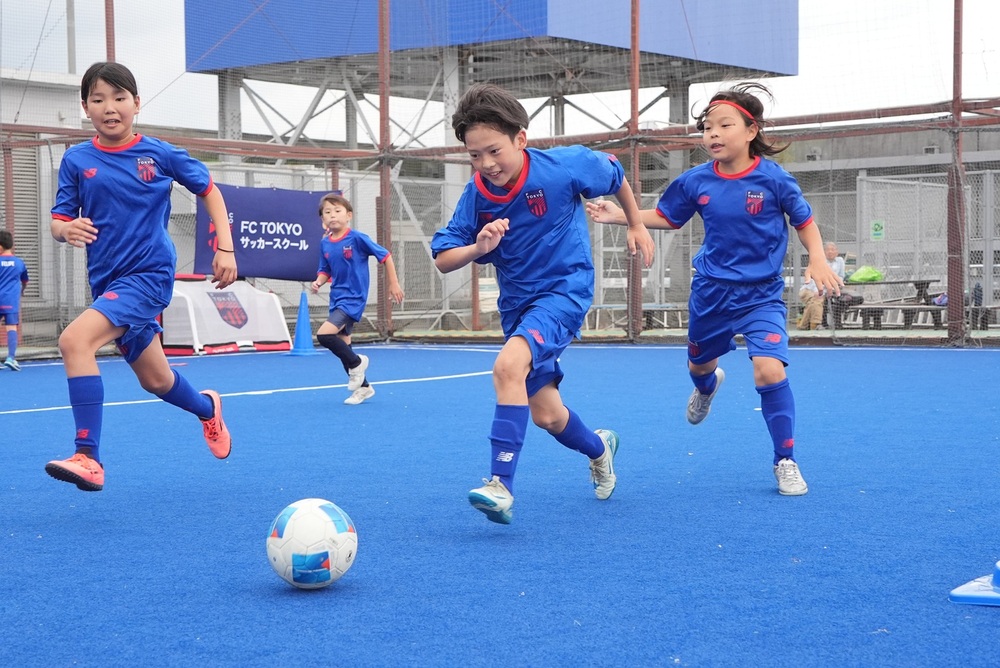
──Financial Reports of J.League Clubs now include transfer-related expenses starting from the 2024 season. FC Tokyo's transfer income is approximately 630 million yen.
I believe the background behind the J.League's decision to disclose transfer fee income includes the transition of the season and the start of the U-21 league. There is likely a mindset that each club should firmly secure transfer fee income. By visualizing these, it has become clear how each club is approaching this. In our case, Kuryu MATSUKI transferred overseas last summer, which accounts for a large part of our transfer fee income.
──Regarding related items, how do you view the personnel expenses of the top team? FC Tokyo's was about 2.7 billion yen.
I believe this is common to all clubs, but the basic part of the compensation paid to players, plus the so-called transfer fees = penalty fees required to acquire players, are added together to form the budget including personnel expenses. It is important where and how to allocate that ratio, and finding the optimal solution is truly difficult. However, our basic idea is that FC Tokyo is a club that can promote academy players to the top team. In other words, by properly developing players, the team can be strengthened without spending on transfer fees.
Of course, this is because the academy invests properly in developing players, but in that sense, compared to other clubs, I think the amount spent on transfer fees within the overall personnel expenses is low. That is also the club's policy.
──Regarding transfers, does this mean the club will become a player-supplying type?
I think it will be somewhat different from the image of what is called a supply-type club. A supply-type club actively sells players domestically and internationally, but our approach is not like that. In forming the top team, we place importance on promoting players developed within our own club. We prioritize promotion from the academy heavily, and then fill in the gaps by acquiring players from outside, forming the team with that image in mind. Of course, it is precisely because of the significant presence of FC Tokyo's academy that this option is available to us.
However, as I mentioned earlier, many players wish to transfer overseas, so when that happens, I hope they leave a solid financial return.
──On the other hand, there is also the view that in order to improve performance, it is necessary to increase the personnel expenses of the top team itself. In fact, a correlation can be seen between personnel expenses and league standings.
I think that is exactly right. Last year, I also talked about the correlation between league standings and personnel expenses, and I accept that as an undeniable fact. From that perspective, when we consider our current position, our personnel expenses are somewhat insufficient to win the championship. I believe we must accept this reality.
The absolute value of personnel expenses has been increasing year by year, and the question is whether the club can keep up with that pace. Last year, seven teams exceeded 3 billion yen in team personnel expenses, including transfer-related costs. In contrast, Tokyo was at 2.71 billion yen. It may be required to raise that by one or two more levels. In that case, although we have been gradually increasing at an average pace of about 50 to 100 million yen since I took office in 2022, that speed is not enough.
──Considering the current situation where personnel costs are rising, what direction will the club take moving forward?
We believe it is necessary to gradually shift gears. Over the past three years, we have operated with the mindset of allocating the growth from the business side to personnel expenses, but since the business side has already been refined considerably, it is hard to imagine a significant further increase from here. Last year's sales were about 7 billion yen, but that figure included approximately 600 million yen from transfer fee income. Based on the current actual capabilities, sales are probably around the mid-6 billion yen range.
To further expand from there, whether it is ticket revenue or advertising revenue, we must have support from more people. For that, we believe it is necessary to show the team competing at the top and many people seeing the team striving for the league championship. Without that, it is hard to imagine a scenario where the number of fans and supporters increases further, and in such a situation, partner companies will also take greater interest.
Continuing to refine the business as before and then reinvesting in the team takes too much time. To increase speed, we need to shift to a phase where investment in the so-called football side is prioritized. That is my personal belief. On this point, I want to consider how to proceed while gaining understanding from various parties, including MIXI, Inc., and Tokyo Gas, who are involved in management. Ideally, we want to enhance player development, strengthen the team with the right personnel in the right positions, and consistently show a team that competes at the top level.
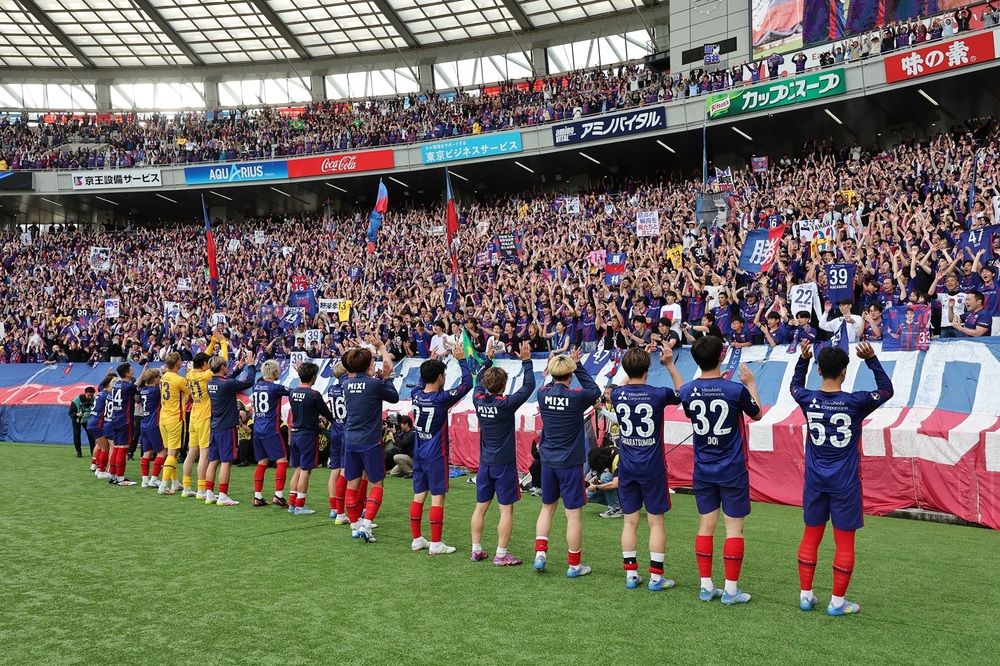
──The first half of the 2025 season has already ended. Please tell us what your outlook is for this year's sales.
The surplus from last year came from transfer fee income. As I mentioned earlier, this year we expect to remain flat or possibly see a slight decline, reflecting the current strength of the club. However, the path to further growth is clear, so from a management perspective, we see this year as a stepping stone to reach higher levels. By increasing investment in football operations and improving performance, revenue will expand. The synergy of both will allow us to move to the next phase. We intend to approach this with a sense of urgency.
The first part is here
♢Previous Management Reports are here
2024 Season Summary: Business and Football (Part 1)
2024 Season Summary: Business and Football (Part 2)
2023 Fiscal Year Financial Report and Club Status (Part 1)
2023 Fiscal Year Financial Report and Club Status (Part 2)
